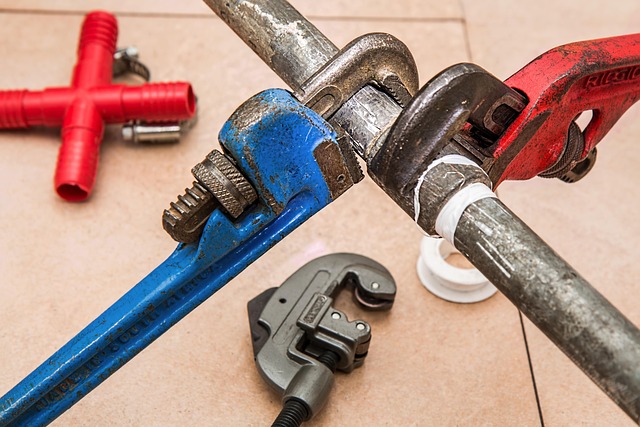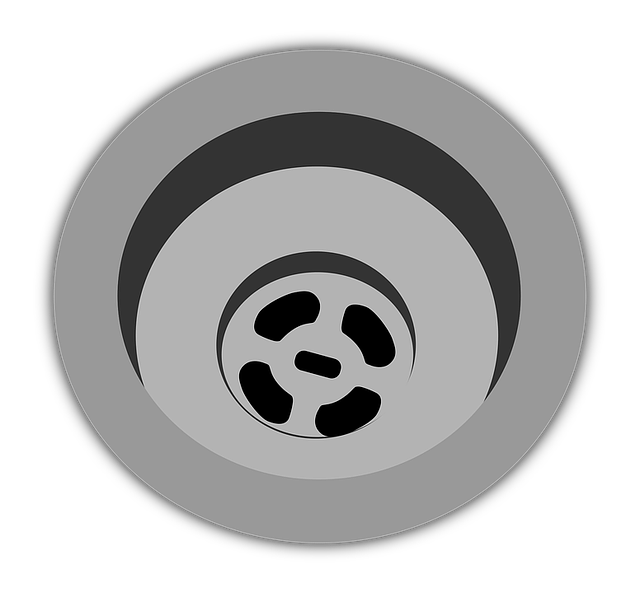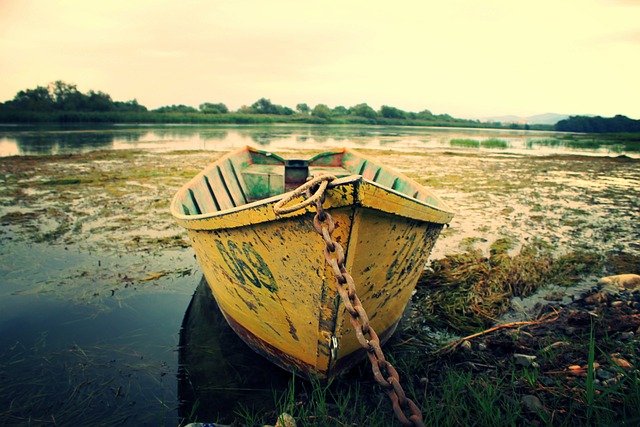Water leaks in residential settings, caused by aging pipes, faulty appliances, or hard water, can lead to structural damage, mold growth, high energy bills, and health risks. Traditional leak detection methods are time-consuming, while modern technology offers accurate, real-time monitoring via smart sensors and apps. Regular inspection, including visible checks and using advanced tools, is crucial to prevent minor leaks from becoming major damages. Proactive measures like insulation, pressure control, and prompt repair of damaged pipes are essential for home protection.
Residential leak detection is an essential aspect of home maintenance, addressing issues that can range from minor inconveniences to significant structural damage. Understanding common causes and sources of water leaks is crucial for homeowners. This article explores traditional leak detection methods, the role of advanced technology, choosing the right tools, conducting a comprehensive leak check, and implementing preventive measures. By mastering these strategies, you’ll be better equipped to safeguard your home from the perils of water leaks.
Understanding Residential Water Leaks: Common Causes and Sources

In residential settings, water leaks can be elusive yet pervasive issues, often arising from a variety of sources within a home’s plumbing system. Understanding common causes is the first step in effective leak detection. Some of the most frequent culprits include aging or damaged pipes, worn-out joints and fittings, as well as faulty appliances like water heaters, washing machines, and dishwashers. Corrosion and mineral buildup can also contribute to leaks over time, especially in areas with hard water.
These leaks may manifest in various forms, such as dripping faucets, running toilets, or persistent dampness in walls and basements. Identifying the source is crucial for efficient leak detection. Homeowners should be vigilant about these signs and promptly consult professionals for thorough inspection and repair to prevent further damage and unnecessary water waste.
The Impact of Leaks: From Minor Inconveniences to Major Damages

Leak detection is not just about fixing a minor inconvenience; it’s a critical process that can prevent major damages to your home. The impact of leaks goes far beyond water spots on ceilings or walls. Over time, even small leaks can lead to substantial structural damage, mold growth, and high energy bills due to persistent moisture. Water damage is one of the most common yet often overlooked home insurance claims, with costs escalating rapidly when left unaddressed.
Moreover, leaks can have severe health implications, especially in terms of indoor air quality. Moist environments foster the growth of bacteria, mites, and mold spores, which can trigger allergies, respiratory issues, and other health problems for occupants. Prompt leak detection and repair are essential to maintaining a safe, healthy living space. Therefore, investing in regular maintenance and advanced leak detection systems is crucial for homeowners to safeguard their properties and well-being.
Traditional Leak Detection Methods: Pros and Cons

Traditional methods for leak detection have been a part of the plumbing industry for decades, relying on techniques like visual inspection and manual testing. These involve visually examining water meters and pipes, listening for unusual noises, or using basic tools to identify potential leaks. While they are straightforward and cost-effective, traditional methods can be time-consuming and may not always detect smaller, hidden leaks. They also require a certain level of expertise and often depend on the skill and experience of the technician.
Pros include their simplicity and accessibility, making them suitable for initial leak assessments. However, cons such as limited accuracy, potential for human error, and inability to pinpoint exact locations make them less ideal for comprehensive leak detection, especially in complex residential plumbing systems. This is where modern technology steps in to enhance leak detection capabilities.
Advanced Technology in Leak Detection Systems

The evolution of leak detection technology has transformed how we identify and mitigate water leaks in residential settings. Modern systems incorporate sophisticated sensors, smart algorithms, and real-time monitoring to pinpoint water leaks with unprecedented accuracy. These advanced technologies go beyond traditional methods by detecting subtle changes in moisture levels, pressure variations, and even the smallest drops, ensuring no leak goes unnoticed.
One of the key innovations is the use of smart, interconnected devices that create a network across a home’s plumbing system. These sensors can communicate with each other and central control units, allowing for immediate alerts when a potential leak is detected. Additionally, remote monitoring capabilities enable property owners or management to receive notifications on their smartphones, enabling swift action even when they’re away from home.
Choosing the Right Leak Detection Tools for Your Home

Choosing the right leak detection tools is crucial for effective and efficient monitoring of your home’s plumbing system. In today’s digital era, a variety of advanced technologies are available that can help you identify leaks promptly. From acoustic sensors to smart water meters, these tools not only detect but also pinpoint the exact location of leaks. This is particularly important as it enables homeowners to address issues before they escalate and cause significant damage.
When selecting leak detection tools, consider factors like sensitivity, coverage area, ease of installation, and integration with existing home systems. For instance, wireless leak sensors that can be placed under fixtures or along pipes offer broader protection without the hassle of complex wiring. Additionally, real-time alerts through mobile apps ensure you’re immediately notified of any water leaks, allowing for swift action to prevent costly repairs and maintain a dry, safe home environment.
Step-by-Step Guide: How to Conduct a Comprehensive Leak Check

Conducting a comprehensive leak check is essential for maintaining a safe and efficient home environment. Here’s a step-by-step guide to help you identify potential leaks early on. Start by inspecting visible areas such as pipes, faucets, and toilets for any signs of water damage or moisture. Next, turn off all water supplies and check for residual water in appliances like dishwashers, washing machines, and refrigerators that have water tanks. A crucial step is to examine the basement or crawl space for dripping sounds or visible water stains on walls and ceilings. Don’t overlook less obvious areas; check under sinks for leaks, and inspect the roof for damaged or missing shingles, as well as signs of mold growth. Finally, use a leak detection tool or listen for unusual noises from pipes to pinpoint hidden leaks. Regularly performing these checks can prevent minor issues from escalating into costly damages.
Preventive Measures: Protecting Your Home from Water Leaks

Protecting your home from water leaks is a proactive step in maintaining a safe and dry living environment. Regular inspection is key; check for any signs of moisture, like mold or musty odours, in areas prone to leaks, such as bathrooms, kitchens, and basements. Install leak detection systems, which can alert you to potential issues before they cause significant damage. These systems use sensors and technology to monitor water flow and detect anomalies, providing early warning signals.
Additionally, take preventive measures by ensuring all pipes are well-insulated, especially in colder months to avoid freezing. Regularly maintain and update your home’s plumbing, replacing old or damaged pipes that may be more susceptible to leaks. Use pressure regulators on your water system to control water pressure, as excessive pressure can lead to pipe damage. Keep an eye on your water bills; a sudden spike could indicate hidden leaks waiting to be discovered.
